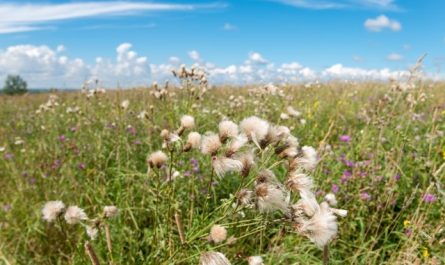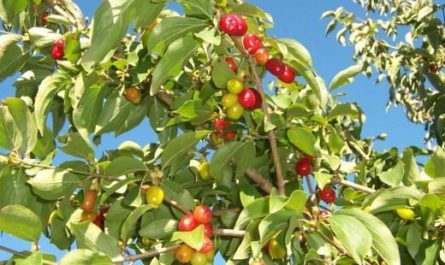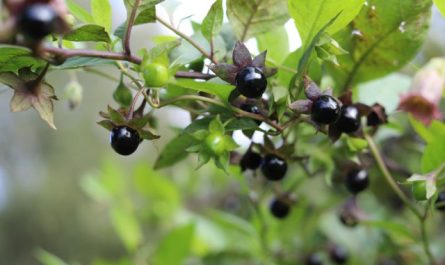The thyme plant has more than 200 species, which are distributed throughout Europe. This genus is also found in Kamchatka, Ethiopia and the Canary Islands. Thyme was used by the Egyptians for embalming in ancient times. Representatives of this genus are perennial herbs, subshrubs or shrubs, reaching a height of 5 to 40 cm. The plants have a characteristic pleasant smell.
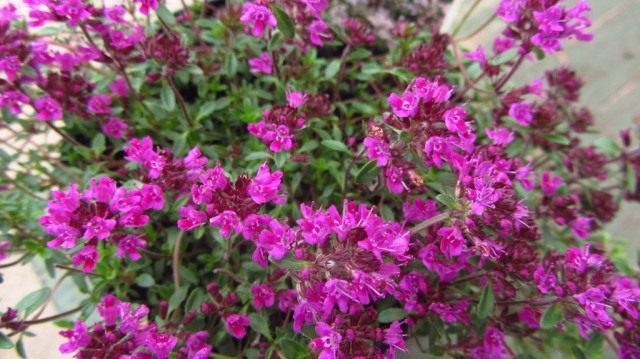
There are many names for Thyme among the people: Bogorodskaya grass, borovaya pepper, heather, zhadobnik, swan, lemon scent, flycatcher, thyme, fimiamnik, chebarka. But in most cases, they all refer to Creeping thyme.
Since creeping thyme has become more widespread in gardens and vegetable gardens (Thymus serpyllum), and Thyme ((Thymus vulgaris) We will dwell on them in more detail.
Creeping thyme
Creeping thyme (thyme), or Bogorodskaya grass – in this species ordinary people include a large number of similar, often difficult to distinguish forms found in Eurasia.
Creeping thyme forms low, dense thickets. Its stems are creeping, easily rooted, densely arranged; the leaves are small, oval, dark green. Small, purple-red flowers appear in June – August. These flowers form small, compact inflorescences.
Varieties of creeping thyme that bloom with white or red flowers are grown.
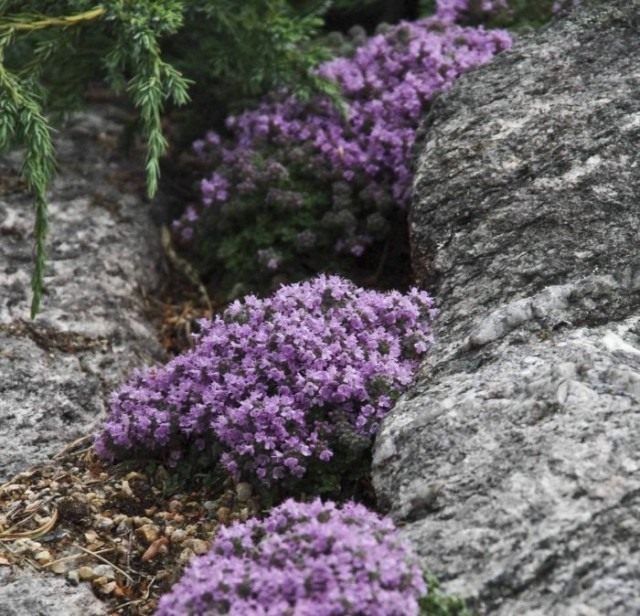
The optimal conditions for the development of thyme are permeable soil that is not rich in nutrients, as well as a sunny area. The plant does not require special care, so it is recommended for novice gardeners to grow it.
Thyme easily grows with creeping stems that do not freeze in winter. Thyme is planted in spring or late summer at a distance of 25-30 cm from each other.
Thyme reproduces well by dividing rhizomes or rooting shoots. Plants look beautiful in flower walls, in dry places, cracks, among steppe grasses. Often planted instead of lawn in dry and sunny areas.
Thyme
Thyme is common in the southern regions of Europe. The plant forms small bushes from 5 to 25 cm high. The leaves, located oppositely on stems that become woody towards the bottom, have a sharp aromatic smell, are short up to 10 mm, and are located on short petioles.
The flowers of the common thyme are light purple. Flowering occurs from June to August. It reproduces by seeds and cuttings. The plant does not tolerate frost in the middle zone well.
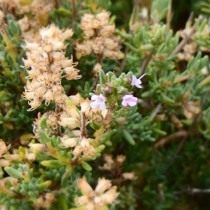
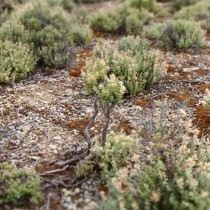
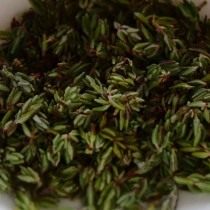
Thyme is widely used as a medicinal plant for the treatment of bronchitis and other upper respiratory tract diseases. The herbs are collected during the flowering period, from May to June. Woody stems and long branches are usually not used.
